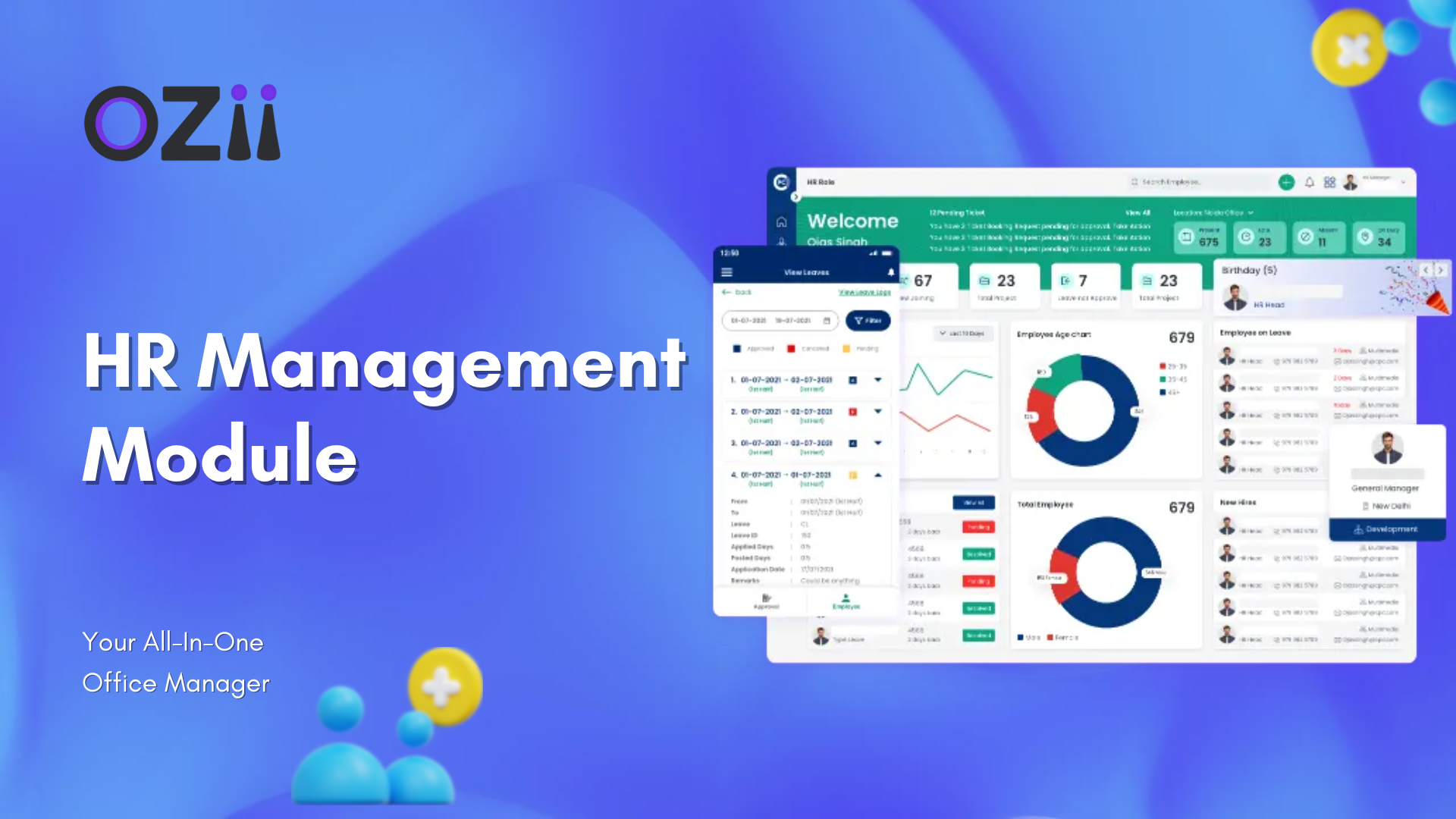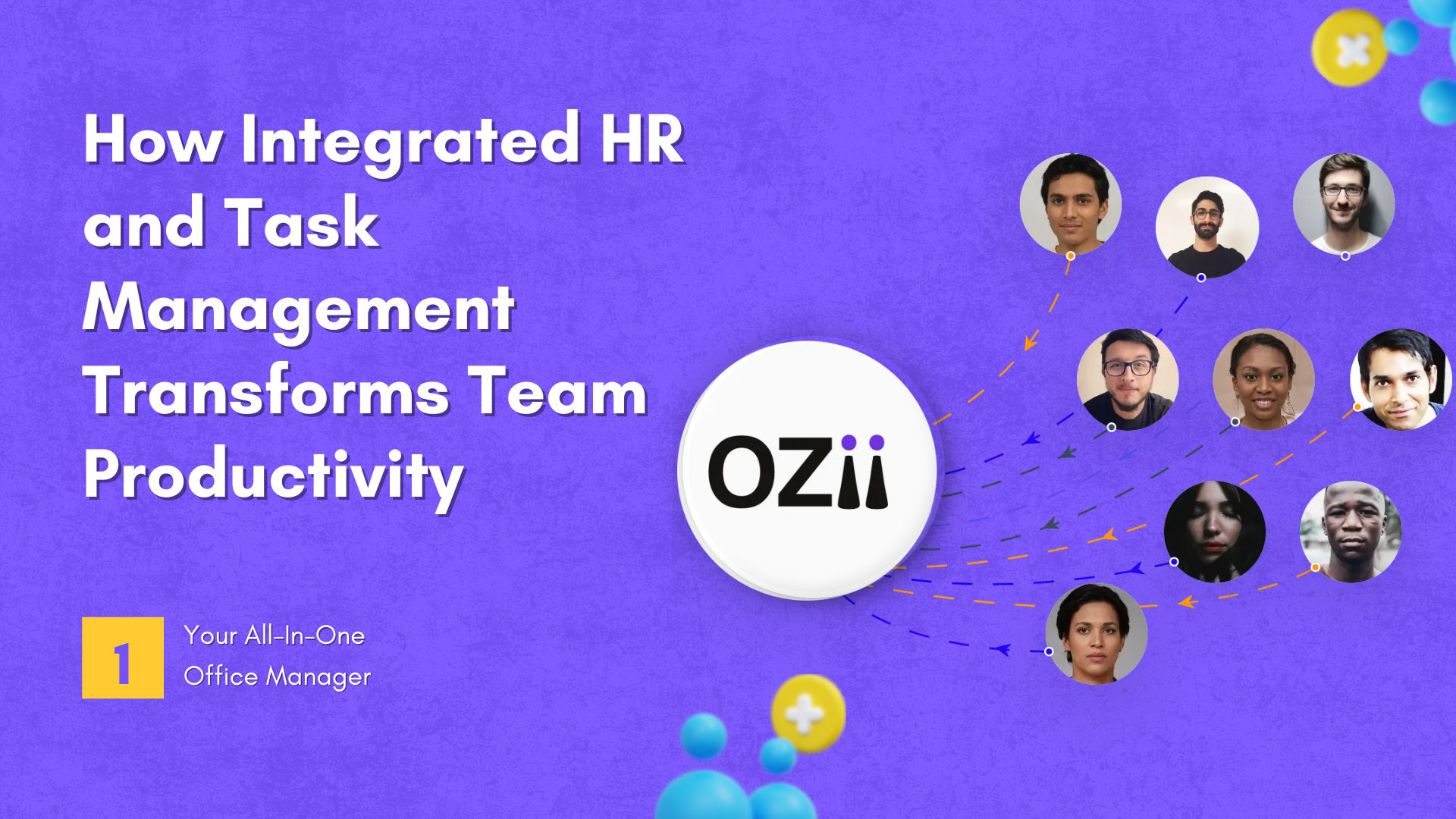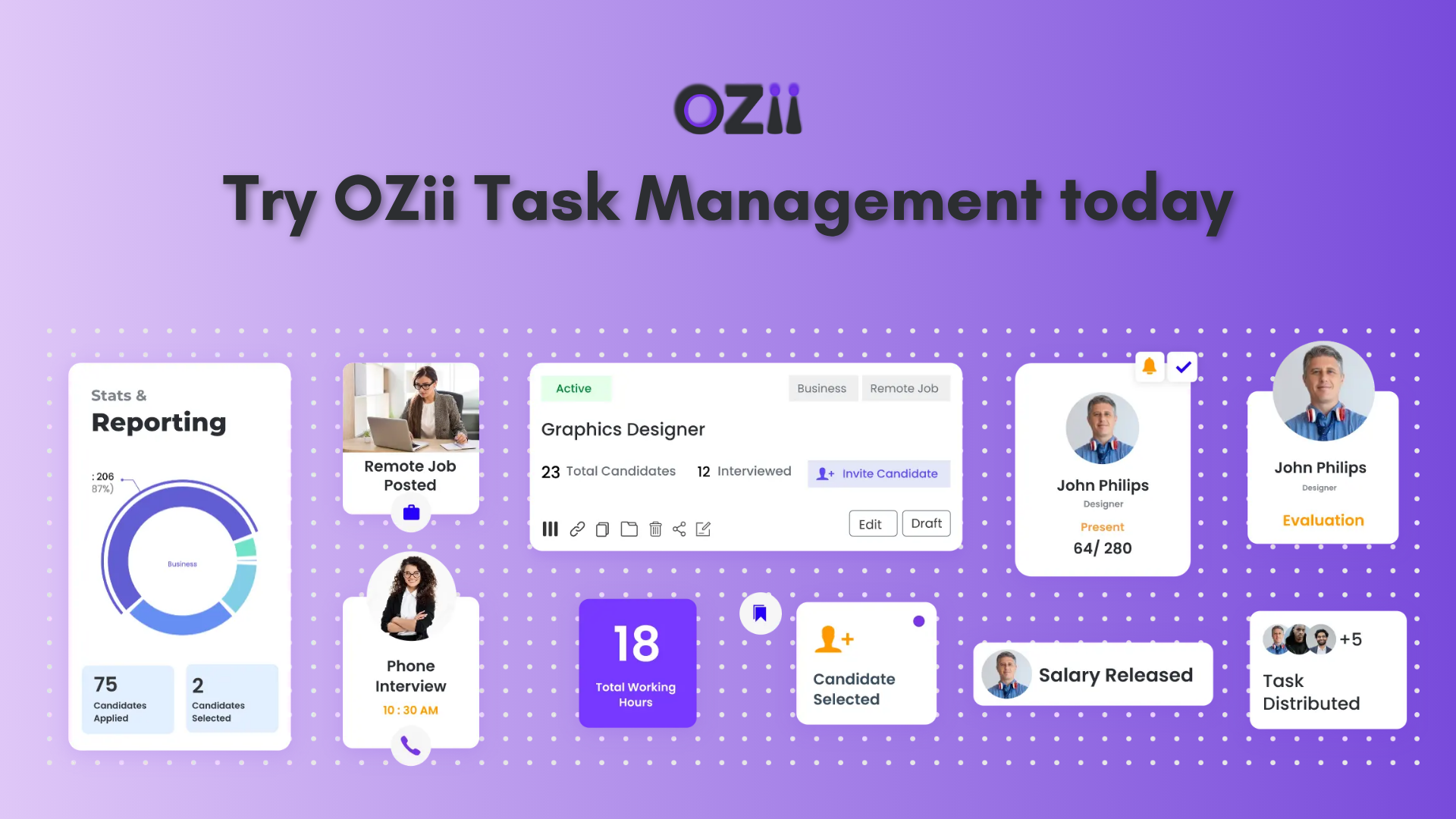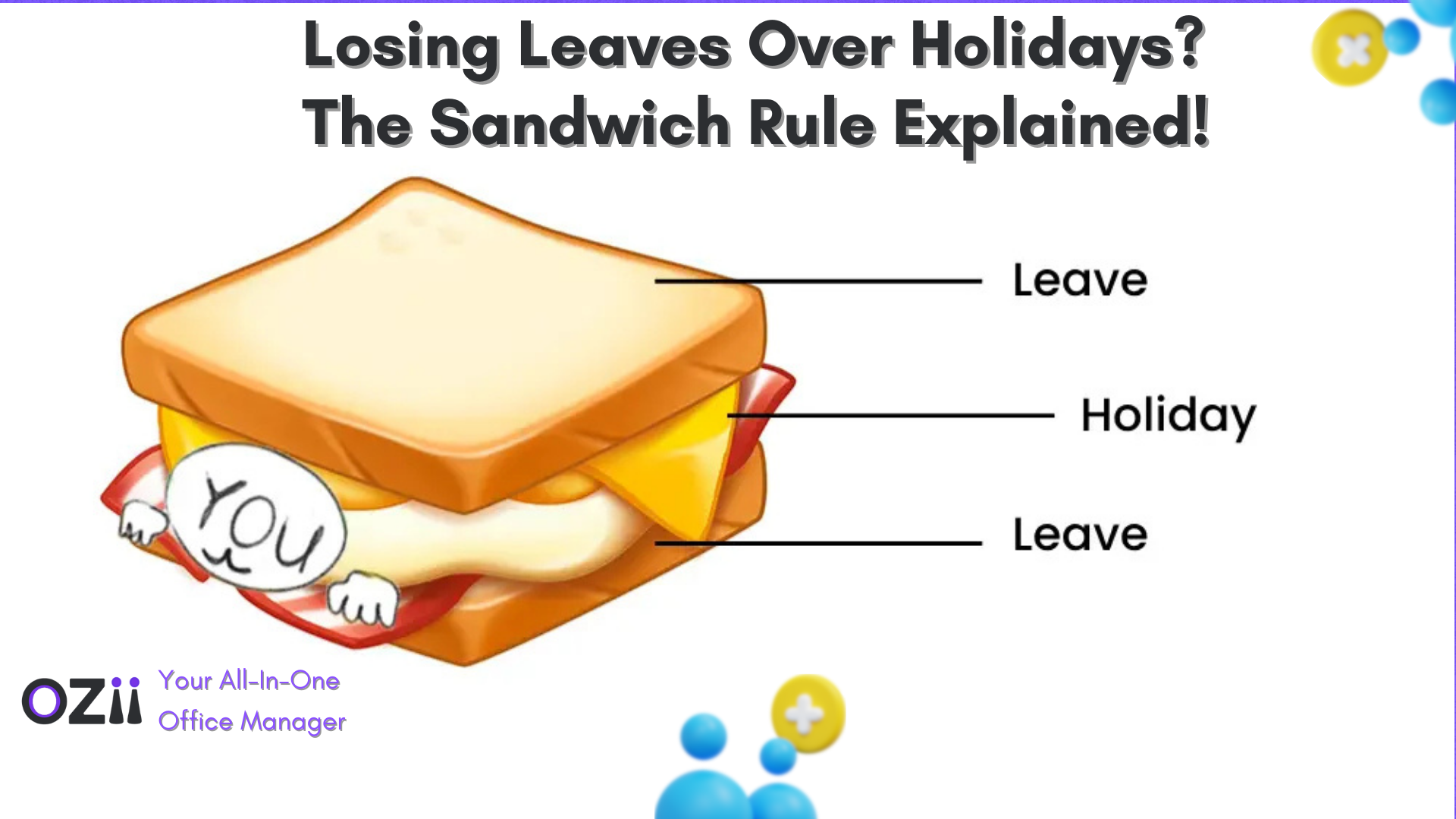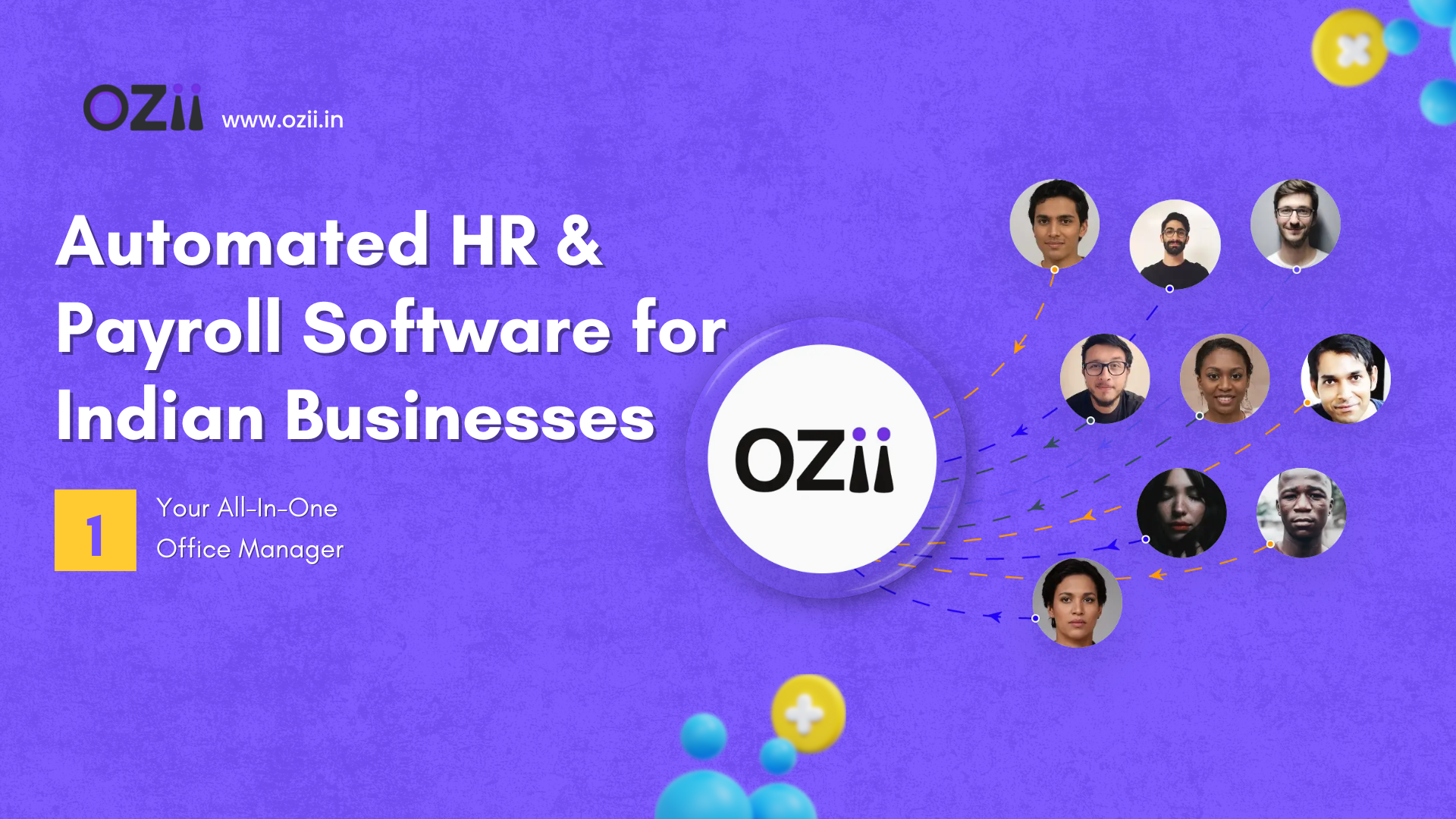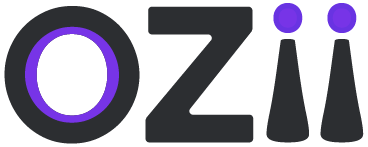
Top 8 Features to Look for in an HRMS Software (Before You Buy One)
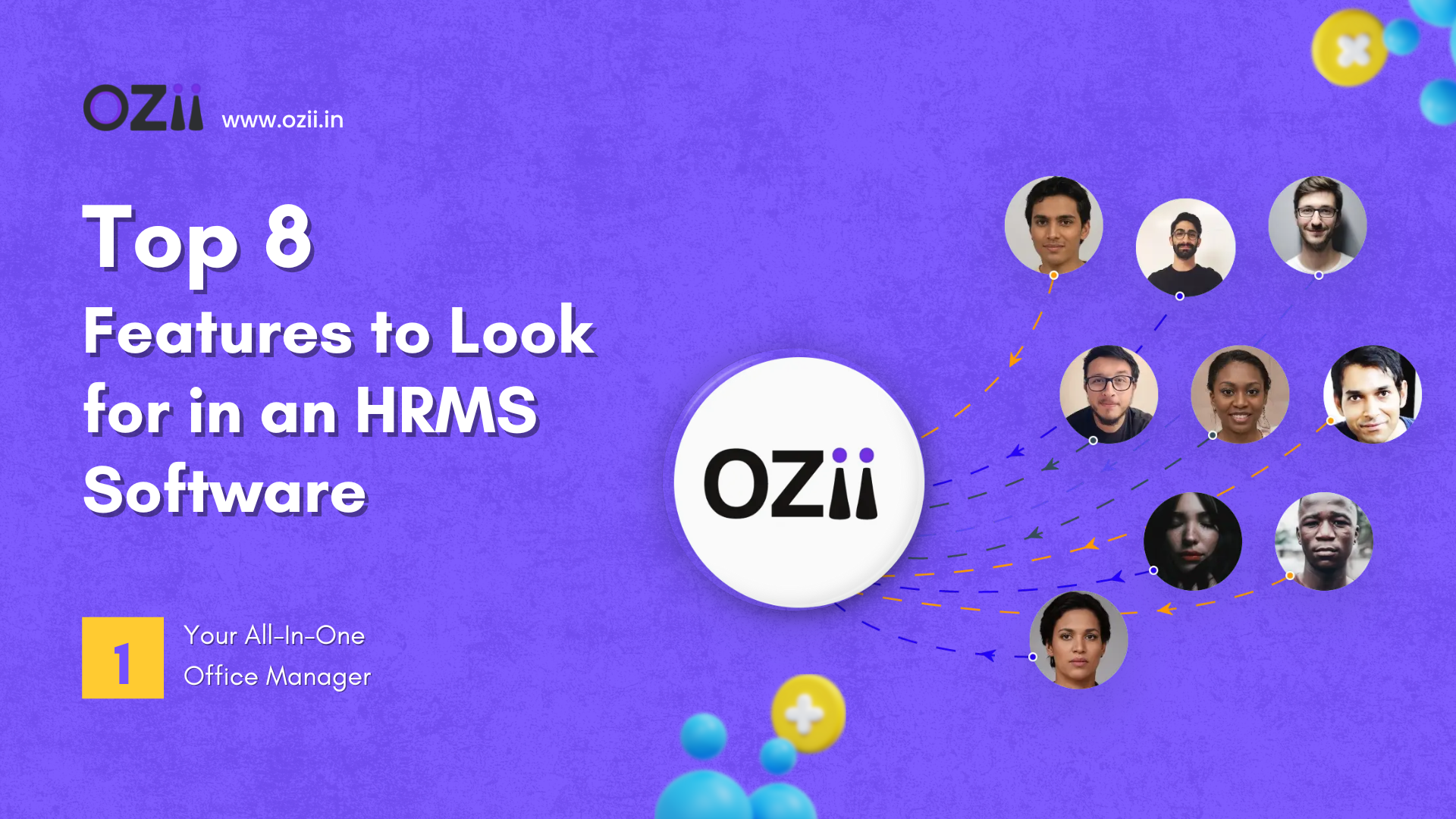
Choosing the right HRMS (Human Resource Management System) is a big decision—one that can either make your HR team breathe a sigh of relief or drown in complexity and confusion.
In 2025, businesses don’t just want HR tools—they want HR solutions. A good HRMS doesn’t just automate processes. It actually makes people management smarter, smoother, and more connected across the organization.
But with so many options out there (each claiming to be “the best”), how do you know what actually matters?
Let’s cut through the noise. Here are 8 essential features you should always look for in an HRMS—especially if you want your investment to be future-ready, employee-friendly, and actually helpful for your HR team.
- Smart Payroll Processing (That Doesn’t Need a Calculator)
Let’s start with the most critical function: payroll. Your HRMS should be able to handle:
-
Salary calculations
-
Tax deductions (TDS, PF, ESI, PT, etc.)
-
Bonuses and variable pay
-
Overtime and shift differentials
-
Full & final settlements
-
Payslip generation and distribution
And no—it shouldn’t need your HR team to double-check everything in Excel afterward. Look for a system like OZii, where payroll practically runs itself once you configure the rules. That’s real automation.
2. Leave & Attendance That Just Works
The last thing your HR team should be doing is chasing down attendance sheets or calculating leave balances manually.
A solid HRMS should include:
-
Real-time attendance tracking
-
Integration with biometric devices or remote punch-ins
-
Customizable leave types and policies
-
Auto leave balance calculation
-
Holiday calendar syncing
-
Approvals with a single click
Whether your team is hybrid, remote, or shift-based, the system should adapt to your work model—not the other way around.
3. Self-Service Portals That Employees Actually Use
Let’s be real: Employees don’t want to email HR every time they need a payslip, check leave balances, or update their phone number. That’s where employee self-service (ESS) and manager self-service (MSS) come in.
A modern HRMS should empower people to:
-
Apply for leave
-
View attendance
-
Download payslips and tax forms
-
Update basic personal info
-
Submit expense claims
-
Access company policies
When employees can manage the basics themselves, your HR team is free to focus on the bigger stuff—like culture, talent, and growth.
4. Custom Workflows & Approvals
Not all companies work the same way—and your HR software shouldn’t force you into a rigid box.
Look for an HRMS that lets you customize workflows for:
-
Leave approvals
-
Reimbursements
-
Onboarding
-
Asset allocation
- Exit formalities
The more you can tailor it to how your company already works, the smoother the transition will be.
5. Seamless Onboarding & Exit Management
First and last impressions matter. A good HRMS should help you deliver a smooth, automated onboarding experience—without the HR team doing 50 things manually.
Look for features like:
-
Digital document collection
-
Welcome emails
-
Pre-joining checklists
-
Auto provisioning for IT accounts
-
Custom exit workflows and feedback forms
These things set the tone for a professional, people-first experience—both when someone joins and when they leave.
6. Powerful Reporting & Analytics
An HRMS isn’t just about operations—it should also give you insights.
You should be able to track:
-
Attrition and retention trends
-
Payroll costs over time
-
Leave usage patterns
-
Hiring efficiency
-
Training effectiveness
-
Attendance irregularities
If your software can’t give you the numbers that help drive decisions, it’s not helping you grow. With OZii, for example, you get dashboards and reports that make sense—even if you’re not a data geek.
7. Compliance & Legal Readiness
HR is often where compliance headaches start. A good HRMS should make staying compliant easier, not harder.
Things to look for:
- Statutory compliance auto-updates (PF, ESI, PT, TDS)
- Secure data storage
-
Audit trail tracking
-
Role-based access
-
Digitally signed payslips and forms
-
Built-in alerts for due dates and document expiries
Your HRMS should help you sleep better, not stay up worrying about missing a compliance deadline.
8. Scalability & Integration Options
Your business will grow—and your HRMS should be ready for that.
Make sure your system can:
-
Scale to more employees and departments
-
Integrate with accounting tools, biometric devices, and ERP systems
-
Handle multi-location or multi-shift setups
-
Work across mobile and desktop smoothly
The last thing you want is to outgrow your HR software in a year.
Look for a Great Support Team (Not Just a Chatbot)
Even the best HRMS will need tweaks, updates, or help during implementation. So don’t just look at features—look at the people behind the product. With OZii, for example, you get responsive human support, not just automated help articles. That matters, especially when you’re setting up payroll or customizing approvals. Investing in an HRMS is a big step—but it doesn’t have to be overwhelming. Focus on tools that solve real problems, save time, and grow with your company. And remember: it’s not about the number of features. It’s about the right features that actually make HR (and your people’s lives) easier.
If you're exploring HRMS options for your company, make sure you choose one built with real people and real businesses in mind—just like OZii.
HRMSAttendance Management Software

